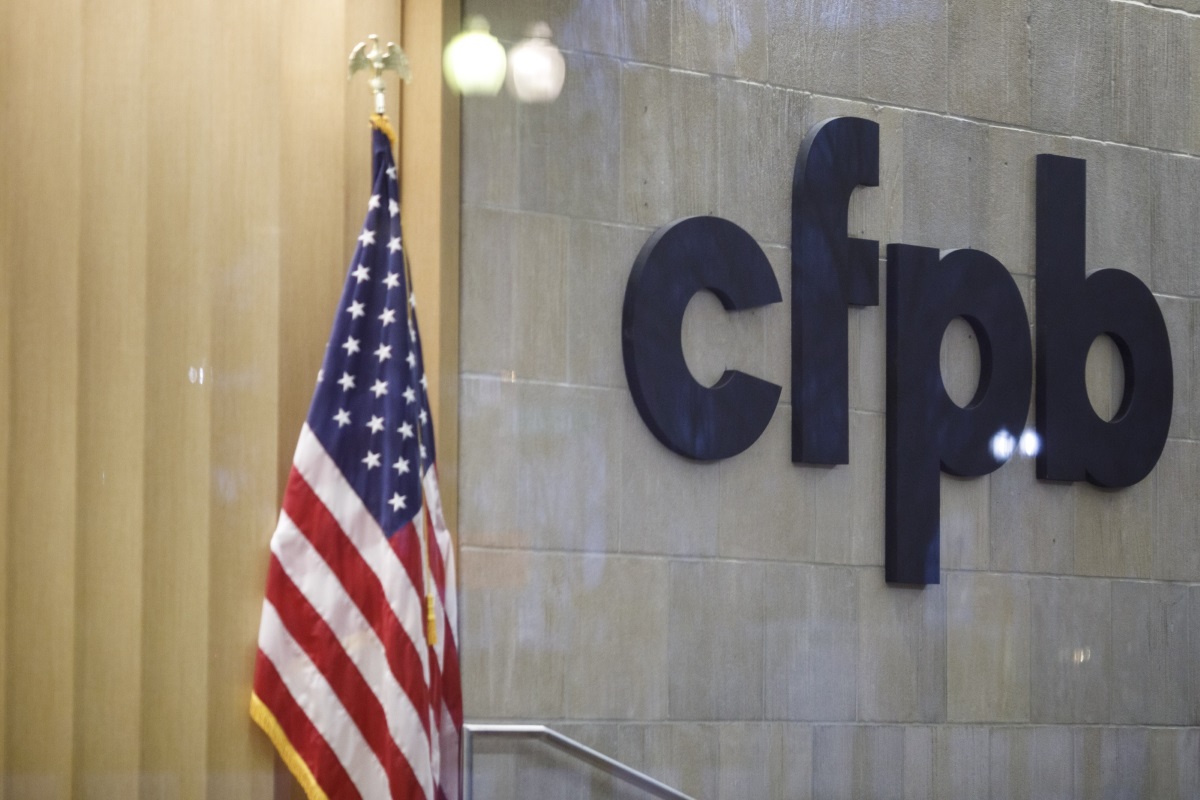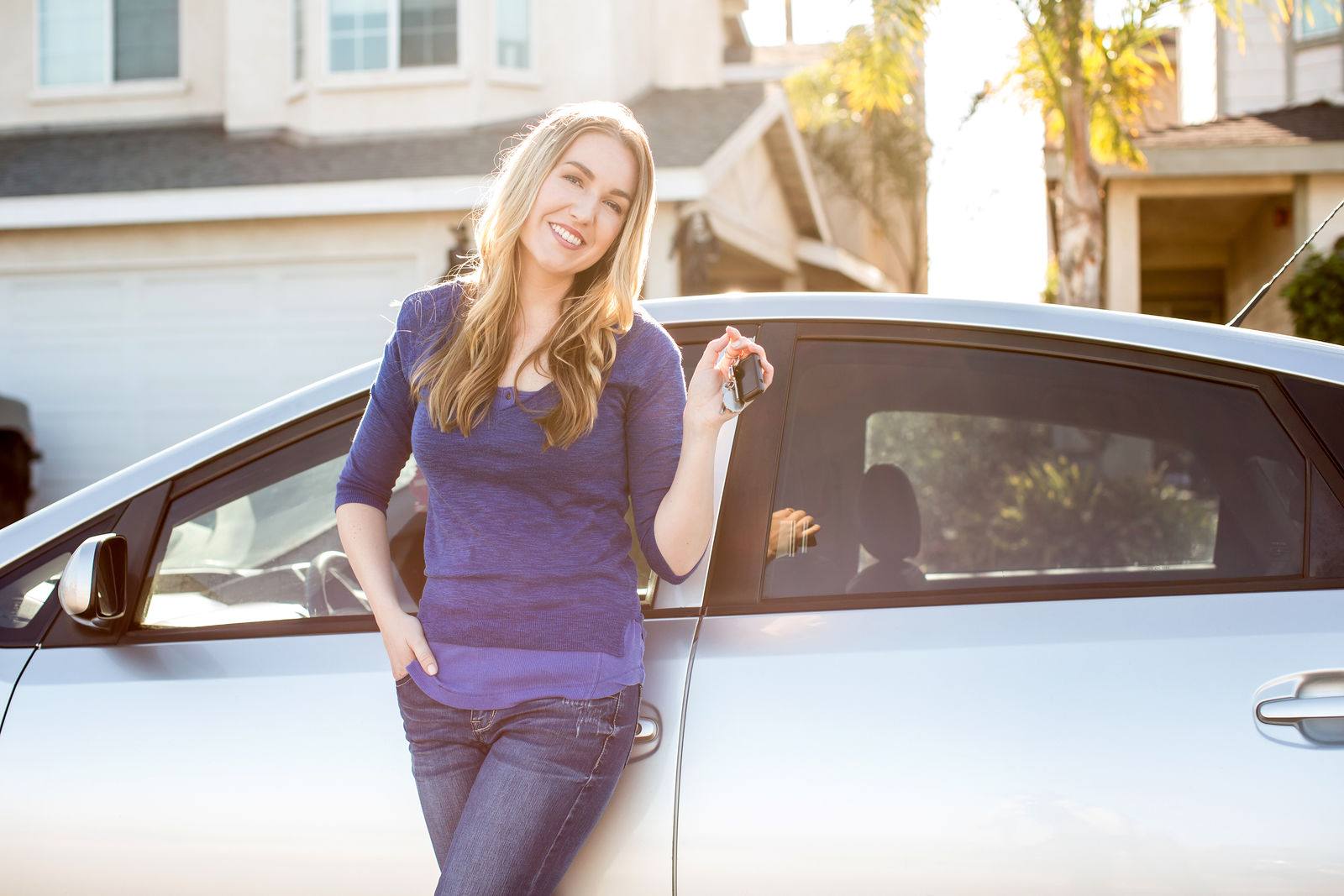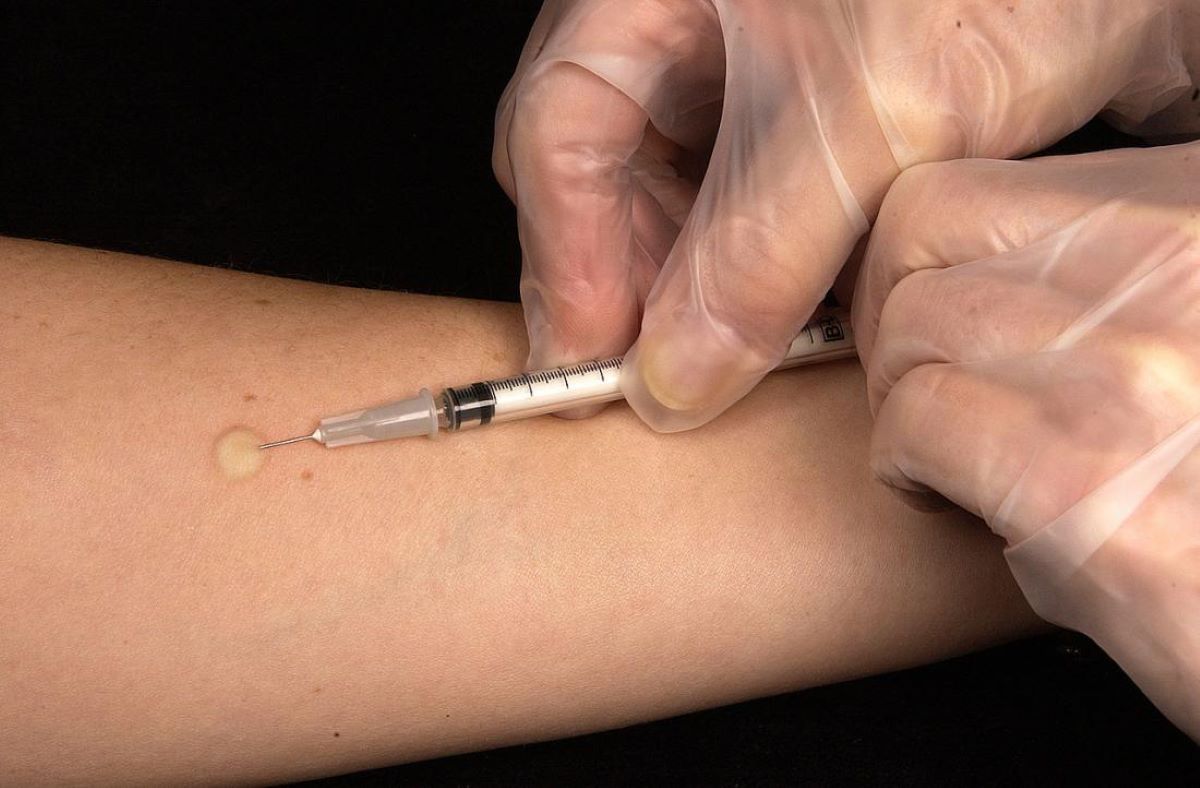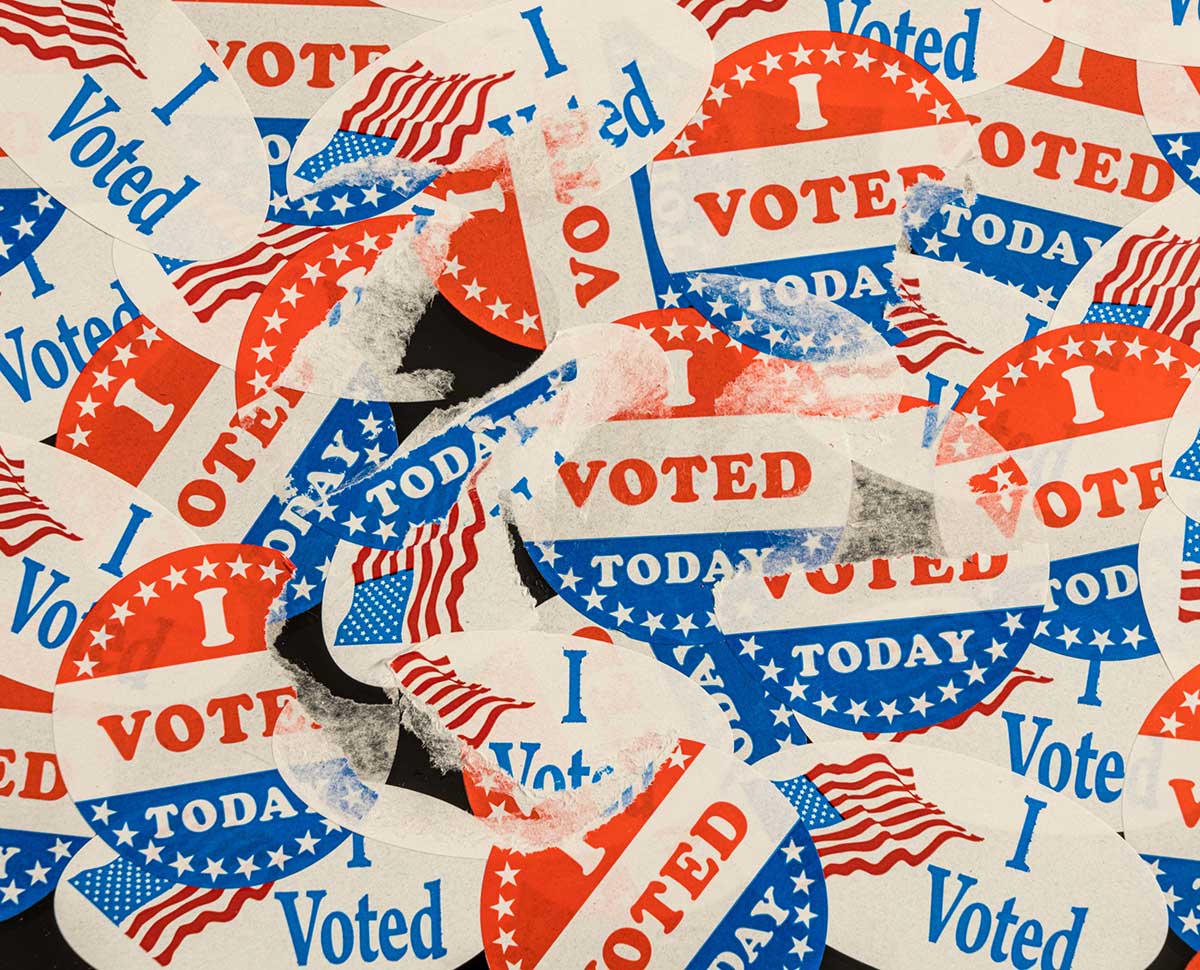Home>Finance>What Main Aspects Does Auto Insurance Provide Financial Protection For?


Finance
What Main Aspects Does Auto Insurance Provide Financial Protection For?
Modified: February 21, 2024
Find out how auto insurance provides financial protection for various aspects of your life, including your vehicle, medical expenses, and legal liabilities. Ensure your finances are secure with the right auto insurance coverage.
(Many of the links in this article redirect to a specific reviewed product. Your purchase of these products through affiliate links helps to generate commission for LiveWell, at no extra cost. Learn more)
Table of Contents
Introduction
Auto insurance is a crucial component of financial protection for vehicle owners. It provides coverage for damages and liabilities that may arise from accidents and other unfortunate incidents. Understanding the main aspects of auto insurance is essential for anyone who owns a vehicle, as it helps to ensure that you have the necessary coverage to safeguard your financial well-being.
Auto insurance not only protects you but also provides protection for others who may be involved in an accident with you. It helps cover the costs of repairs, medical expenses, and even legal fees in case you are found liable for the damages. Without auto insurance, a single accident can potentially lead to a significant financial burden that can take years to recover from.
There are various types of auto insurance coverage available, each serving a specific purpose. It’s important to understand these different aspects of auto insurance to determine which ones are necessary for your needs. In this article, we will explore the main aspects of auto insurance that provide financial protection.
Bodily Injury Liability
Bodily injury liability coverage is a crucial aspect of auto insurance that provides financial protection for injuries caused to others in an accident you are found liable for. This coverage helps pay for medical expenses, rehabilitation, and even legal fees if you are sued as a result of the accident.
When you are involved in an accident and it’s determined that you are at fault, bodily injury liability coverage comes into play. It helps cover the costs of medical treatment and other related expenses for the injured parties, including passengers in the vehicles or pedestrians. This coverage can also extend to injuries that occur as a result of accidents that you are involved in while driving someone else’s vehicle.
When purchasing auto insurance, the bodily injury liability coverage is typically represented by two numbers, such as 50/100 or 100/300. The first number represents the maximum amount of coverage per person injured, while the second number represents the maximum coverage per accident. For example, in a 50/100 coverage limit, you would have coverage of up to $50,000 for each injured person and up to $100,000 for the entire accident.
It is essential to select appropriate coverage limits that reflect your financial situation and potential liabilities. If the limits of your bodily injury liability coverage are exceeded, you may be responsible for paying the remaining costs out of pocket.
Bodily injury liability coverage not only protects your assets but also provides peace of mind knowing that you have financial protection in case of a severe accident. It is important to note that this coverage is for injuries to others and does not cover your own medical expenses. For that, you will need personal injury protection or medical payments coverage, which we will discuss in the following sections.
Property Damage Liability
Property damage liability coverage is another essential aspect of auto insurance that provides financial protection for damages caused to someone else’s property in an accident you are found liable for. This coverage helps cover the costs of repairs or replacement of the damaged property.
In the event of an accident where you are at fault and damage occurs to another person’s vehicle, a building, or other structures, property damage liability coverage will come into play. It helps cover the expenses associated with repairing the damaged property. This coverage may also extend to other types of property damage, such as fences, lampposts, or even utility poles.
Similar to bodily injury liability coverage, property damage liability coverage is represented by a specific limit. For example, if you have a property damage liability coverage limit of $50,000, the insurance company will cover up to that amount for damages caused to someone else’s property.
It is crucial to select appropriate coverage limits for property damage liability to ensure that you have adequate financial protection. If the damages exceed your coverage limit, you may be responsible for paying the remaining costs out of pocket.
Property damage liability coverage not only protects your assets but also provides peace of mind knowing that you have financial protection in case you cause damage to someone else’s property. Without this coverage, the costs of repairing or replacing the damaged property could be a significant financial burden.
It’s important to review your auto insurance policy and consider increasing your property damage liability coverage if you have valuable assets that could be at risk in case of a severe accident. By doing so, you can ensure that you are adequately protected financially.
Collision Coverage
Collision coverage is an aspect of auto insurance that provides financial protection for damages to your own vehicle in the event of a collision with another vehicle or object. This coverage helps cover the costs of repairs or replacement of your vehicle, regardless of who is at fault for the accident.
When you have collision coverage, you can file a claim with your insurance company to get reimbursed for the damages to your vehicle. This coverage is particularly beneficial if your vehicle is damaged beyond repair or if the cost of repairs exceeds the value of the vehicle.
Collision coverage is typically subject to a deductible, which is the amount you must pay out of pocket before your insurance coverage kicks in. The deductible amount is chosen by you when selecting your auto insurance policy. A higher deductible will result in lower premiums but also means you will have to pay more out of pocket in the event of an accident.
It’s important to note that collision coverage is not required by law, but it is often required by lenders if you have an auto loan or lease. If you own your vehicle outright, it’s still a good idea to consider collision coverage to protect your investment. Without collision coverage, you would be responsible for the costs of repairs or replacement of your vehicle if it’s damaged in a collision.
When considering collision coverage, it’s important to assess the value of your vehicle and the potential costs of repairs. If your vehicle is older or has a low market value, it may be more cost-effective to forgo collision coverage since the payout from the insurance company may not be significant. However, if you have a newer or more valuable vehicle, collision coverage can provide valuable financial protection.
Keep in mind that collision coverage only covers damages resulting from collisions with other vehicles or objects. It does not cover other types of damage, such as theft, vandalism, or weather-related incidents. For broader coverage, you may want to consider comprehensive coverage, which we will discuss in the next section.
Comprehensive Coverage
Comprehensive coverage is an important aspect of auto insurance that provides financial protection for damages to your vehicle that are not caused by a collision. This coverage helps cover the costs of repairs or replacement of your vehicle in the event of theft, vandalism, weather-related incidents, or other non-collision incidents.
Unlike collision coverage, which only covers damages resulting from collisions with other vehicles or objects, comprehensive coverage is broader and protects against a wide range of risks. Examples of incidents covered by comprehensive coverage include theft, fire, hail damage, falling objects, floods, and animal collisions.
Similar to collision coverage, comprehensive coverage is subject to a deductible, which is the amount you must pay out of pocket before your insurance coverage kicks in. The deductible amount is chosen by you when selecting your auto insurance policy. As with collision coverage, a higher deductible will result in lower premiums, but it also means you will have to pay more out of pocket in case of an incident.
Comprehensive coverage is not required by law, but it is often required by lenders if you have an auto loan or lease. Even if you own your vehicle outright, having comprehensive coverage can provide valuable financial protection against unforeseen events that can cause significant damage to your vehicle.
When considering comprehensive coverage, it’s important to assess the potential risks and the value of your vehicle. For example, if you live in an area with a high rate of vehicle thefts or severe weather conditions, comprehensive coverage may be necessary to protect your investment. Additionally, if you have a newer or more valuable vehicle, having comprehensive coverage is recommended to safeguard against potential financial losses.
While comprehensive coverage provides broad protection, it’s important to review your policy to understand any limitations or exclusions. Some policies may have certain restrictions, such as coverage limits for specific types of incidents or exclusions for items stolen from inside your vehicle. Understanding the details of your comprehensive coverage will help you make an informed decision and ensure you have the necessary financial protection.
Uninsured/Underinsured Motorist Coverage
Uninsured/underinsured motorist coverage is an essential aspect of auto insurance that provides financial protection in the event you are involved in an accident with a driver who has insufficient or no insurance coverage. This coverage helps cover the costs of injuries and damages you sustain in the accident.
Despite the legal requirement for drivers to have auto insurance, there are still many individuals on the road who either don’t have any insurance or have inadequate coverage. If you are involved in an accident with one of these drivers and they are found to be at fault, you may face difficulties in recovering the full costs of your injuries and damages.
Uninsured/underinsured motorist coverage comes into play in these situations. If the other driver doesn’t have insurance or has coverage limits that are insufficient to cover your expenses, uninsured/underinsured motorist coverage will help fill the gap. It can help cover medical expenses, lost wages, pain and suffering, and other damages resulting from the accident.
Uninsured/underinsured motorist coverage is typically broken down into two parts: bodily injury coverage and property damage coverage. Bodily injury coverage helps cover the costs related to injuries you and your passengers sustain in the accident, while property damage coverage helps cover the costs of damages to your vehicle.
It’s important to note that uninsured/underinsured motorist coverage is not mandatory in all states, but it is highly recommended. Even if it’s not required, having this coverage can provide valuable financial protection and peace of mind knowing that you are covered in the event of an accident with an uninsured or underinsured driver.
When considering uninsured/underinsured motorist coverage, it’s important to review the coverage limits and determine the appropriate levels based on your financial situation. The coverage limits should be sufficient to cover potential medical expenses, lost wages, and damages that may result from an accident with an uninsured or underinsured driver.
By having uninsured/underinsured motorist coverage, you can ensure that you are adequately protected financially, even if you are involved in an accident with a driver who does not have proper insurance coverage.
Medical Payments Coverage
Medical payments coverage, also known as MedPay, is an aspect of auto insurance that provides financial protection for medical expenses resulting from injuries sustained in an accident, regardless of who is at fault. This coverage helps cover medical bills, ambulance fees, surgery costs, and other medical-related expenses.
Unlike bodily injury liability coverage, which provides protection for injuries to others, medical payments coverage is specifically designed to cover the medical expenses of you and your passengers. It can help reimburse medical costs incurred as a result of an accident, regardless of whether you have health insurance or not.
Medical payments coverage has a specific coverage limit, which can vary depending on your policy. For example, if you have a coverage limit of $5,000, the insurance company will reimburse you up to that amount for medical expenses resulting from the accident.
One of the advantages of medical payments coverage is that it provides coverage regardless of fault. This means that even if you are at fault for the accident, you can still file a claim under your medical payments coverage to help cover medical expenses for yourself and your passengers.
It’s important to note that medical payments coverage is optional in most states, and the coverage limits can be adjusted based on your needs. However, it is highly recommended to have this coverage, especially if you don’t have health insurance or have a high deductible on your health insurance plan.
Medical payments coverage can provide valuable financial protection and peace of mind, knowing that you have coverage for medical expenses resulting from an accident. It can help ensure that you and your passengers receive the necessary medical care without incurring significant out-of-pocket expenses.
When considering medical payments coverage, it’s important to consult with your insurance agent to understand the specifics of the coverage and determine the appropriate coverage limit based on your needs and budget. By having medical payments coverage in place, you can have the peace of mind knowing that you are financially protected in case of an accident and the resulting medical expenses.
Personal Injury Protection
Personal Injury Protection (PIP) is an aspect of auto insurance that provides financial protection for medical expenses and other related costs resulting from injuries sustained in an accident, regardless of who is at fault. PIP coverage is available in certain states and is designed to provide a broader range of benefits compared to medical payments coverage.
PIP coverage typically includes coverage for medical expenses, rehabilitation costs, lost wages, and even funeral expenses in the event of a fatal accident. It aims to provide coverage for a broader range of expenses that may result from injuries sustained in an accident.
One of the key advantages of PIP coverage is that it provides coverage not only for you and your passengers but also for pedestrians or bicyclists who may be involved in the accident. This coverage can help ensure that all parties involved in the accident have access to necessary medical care and financial support.
PIP coverage is commonly known as “no-fault” coverage because it provides benefits regardless of who is at fault for the accident. This means that regardless of whether you caused the accident or not, you can still utilize your PIP coverage for medical expenses and other related costs.
PIP coverage works in conjunction with other types of insurance coverage, such as health insurance. In the event of an accident, PIP coverage will typically be the primary coverage to pay for medical expenses, and any remaining costs may be covered by health insurance.
It’s important to note that PIP coverage requirements and limits vary by state. Some states have mandatory PIP coverage, while others offer it as an optional add-on to your auto insurance policy. It’s important to review your state’s requirements and consult with your insurance provider to determine the appropriate coverage level for your needs.
PIP coverage can provide valuable financial protection, especially in states where it is mandatory. It helps ensure that you have access to necessary medical care and financial support in the event of an accident, regardless of who is at fault. By having PIP coverage in place, you can have peace of mind knowing that you are financially protected should an unfortunate accident occur.
Rental Car Coverage
Rental car coverage is an aspect of auto insurance that provides financial protection when renting a vehicle. This coverage helps cover the cost of rental car expenses if your primary vehicle is being repaired due to an accident or other covered event.
In the unfortunate event that your vehicle is involved in an accident and needs to be repaired, rental car coverage ensures that you have a rental vehicle to use during the repair period. This coverage typically reimburses you for the cost of the rental car, up to a specified daily limit and a maximum number of days.
Rental car coverage can be particularly beneficial when your primary vehicle is in the shop for an extended period. It allows you to continue your daily activities without the inconvenience of being without a vehicle. This coverage can provide peace of mind and a temporary replacement until your vehicle is once again roadworthy.
When considering rental car coverage, it’s important to review your policy to understand the specific coverage limits and any additional restrictions. Coverage may vary from one insurance provider to another. Some policies may only cover rental cars if your vehicle is being repaired due to a covered event, while others may provide coverage for rental cars under various circumstances.
It’s also worth noting that rental car coverage is typically optional and may not be automatically included in your auto insurance policy. However, if you frequently rely on your vehicle and would experience significant disruption without it, rental car coverage can be a valuable addition to your policy.
If you decide to decline rental car coverage, you may still have options available to you. For example, some credit cards offer rental car coverage as a cardholder benefit. It’s important to check with your credit card provider and understand the coverage they provide before declining rental car coverage with your auto insurance policy.
In summary, rental car coverage provides financial protection by reimbursing you for the cost of a rental vehicle when your primary vehicle is being repaired due to a covered event. It can be a valuable addition to your auto insurance policy, ensuring that you have the convenience and flexibility of a rental car during the repair period. Review your policy and consider your needs to determine whether rental car coverage is necessary for you.
Roadside Assistance Coverage
Roadside assistance coverage is an aspect of auto insurance that provides valuable support and financial protection in the event of a breakdown or other roadside emergency. This coverage ensures that you have access to assistance and helps cover the costs associated with getting your vehicle back on the road.
When you experience a flat tire, run out of fuel, lock your keys inside your vehicle, or encounter any other unexpected issue on the road, roadside assistance coverage can be a lifesaver. It typically provides services such as towing, jump-starting a dead battery, delivering fuel, unlocking your vehicle, and even providing minor repairs on the spot.
Roadside assistance coverage can provide peace of mind knowing that help is just a phone call away. It saves you from the stress and inconvenience of being stranded on the side of the road or having to find and pay for these services out of pocket. Instead, your insurance provider arranges for assistance and covers the costs, up to the limits specified in your policy.
The specific services and coverage limits provided by roadside assistance coverage can vary between insurance providers. Some policies may offer unlimited towing distance, while others may have a maximum number of service calls or a limit on the reimbursement amount. It’s important to review your policy and understand the coverage details.
Roadside assistance coverage is typically available as an optional add-on to your auto insurance policy. While it may come with an additional premium cost, the convenience and peace of mind it provides can be well worth it, especially for those who frequently travel or have an older vehicle that may be more prone to breakdowns.
In addition to the immediate assistance it offers, roadside assistance coverage may also provide other benefits. Some insurance providers offer perks such as trip interruption coverage, which helps reimburse you for expenses like accommodations and meals if you experience a breakdown while traveling far from home.
Before considering roadside assistance coverage, it’s worth checking if your vehicle manufacturer or roadside assistance memberships offer similar services. If these options are already available to you, it may be redundant to include roadside assistance coverage in your auto insurance policy.
In summary, roadside assistance coverage provides valuable support and financial protection in the event of a breakdown or other roadside emergency. It ensures that you have access to assistance and helps cover the costs associated with getting your vehicle back on the road. Consider your needs, review your policy, and evaluate the available assistance options to determine whether roadside assistance coverage is right for you.
Gap Insurance
Gap insurance is a type of auto insurance coverage that provides additional financial protection in the event of a total loss or theft of your vehicle. It covers the gap between the actual cash value of your vehicle and the amount you owe on your car loan or lease.
When you purchase a new vehicle, its value begins to depreciate immediately after you drive it off the lot. In the unfortunate event of a total loss, such as a severe accident or theft, your insurance company will typically reimburse you for the actual cash value of the vehicle at the time of the incident. This value may be significantly lower than the amount you owe on your loan or lease.
This is where gap insurance comes into play. Gap insurance helps cover the difference, or the “gap,” between the actual cash value of your vehicle and the remaining balance on your loan or lease. It ensures that you are not left with a financial burden if your vehicle is declared a total loss.
Gap insurance is particularly valuable for individuals who have high-interest car loans, are financing a vehicle with a long-term loan, or have made a small down payment. In these situations, the depreciation of the vehicle can outpace your loan or lease balance, resulting in a significant gap in value if a total loss occurs.
It’s important to note that gap insurance is typically optional and may not be included in your standard auto insurance coverage. It’s essential to consult with your insurance provider or lender to determine if you need gap insurance and to understand the specifics of the coverage they offer.
Additionally, some lenders may require you to have gap insurance as part of your car loan or lease agreement. This is to protect their financial interests in case of a total loss and to ensure that the loan or lease balance is fully covered.
It’s also worth considering how long you may need gap insurance. As your loan balance decreases over time, the gap between your vehicle value and loan balance narrows. At a certain point, the coverage may no longer be necessary, and you can reconsider if it’s beneficial to keep paying for gap insurance.
In summary, gap insurance offers additional financial protection in the event of a total loss or theft of your vehicle. It helps cover the gap between the actual cash value of your vehicle and the amount you owe on your car loan or lease. Evaluate your loan or lease terms, consider the depreciation rate of your vehicle, and consult with your insurance provider to determine if gap insurance is a worthwhile option for you.
Conclusion
Auto insurance is an essential component of financial protection for vehicle owners. Understanding the main aspects of auto insurance coverage is crucial in ensuring that you are adequately protected in the event of an accident or other unforeseen circumstances.
From bodily injury liability and property damage liability coverage to collision and comprehensive coverage, each aspect of auto insurance serves a specific purpose in providing financial protection. These coverages help cover medical expenses, repair costs, and liability claims arising from accidents. Additionally, uninsured/underinsured motorist coverage ensures that you are protected even if the other party involved in the accident is uninsured or underinsured.
Medical payments coverage and personal injury protection provide coverage for medical expenses resulting from injuries sustained in an accident. These coverages can help alleviate the financial burden of medical treatments, hospital bills, and other related costs.
Rental car coverage offers convenience and peace of mind by providing a temporary vehicle while your primary vehicle is being repaired. Roadside assistance coverage ensures that you have access to assistance when faced with a breakdown or roadside emergency.
Lastly, gap insurance bridges the gap between the actual value of your vehicle and the outstanding balance on your car loan or lease, protecting you from financial loss in the event of a total loss or theft.
As a vehicle owner, it’s important to assess your needs, review your insurance policy, and consider the potential risks and costs associated with accidents and other incidents. By understanding and selecting the right auto insurance coverage for your situation, you can secure the necessary financial protection and have peace of mind on the road.
Remember to regularly review your insurance policy, reassess your coverage needs as circumstances change, and consult with your insurance provider for any questions or concerns you may have. By staying informed and proactive, you can ensure that you are adequately protected and prepared for any unforeseen events that may arise.














